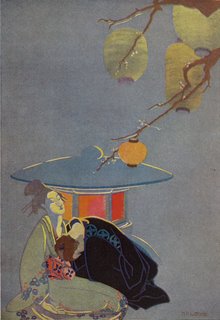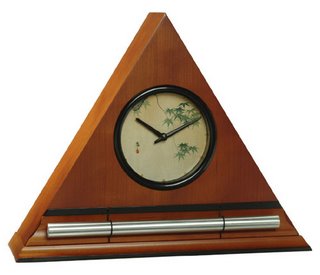
B.P. Lathrop, title and date unknown, woodblock print
Sleep patterns around the world have undergone a revolution over the past two centuries as the spread of artificial lighting profoundly changed the shape of human lives, first in cities and now even in many remote villages. Throughout most of history sundown brought an end to the activities in most homes, with people crawling into bed soon afterwards.
A. Roger Ekirch—author of a magisterial history of nighttime, At Day’s Close (Norton)— argues that the very nature of a night’s rest has changed since the Industrial Revolution. Sleep for our ancestors were often divided into two shifts of roughly four hours, with a period of wakefulness lasting an hour or longer in between.
A study conducted by the U.S. government’s National Institute of Mental Health appears to confirm Ekrich’s thesis. When people in an experiment were deprived of artificial light throughout the evening and night, they began to exhibit “a pattern of broken slumber—one practically identical to that of pre-industrial households,” Ekirch writes. Researchers in the study, noted hormonal changes in test subjects and “likened this period of wakefulness to something approaching an altered state of consciousness not unlike meditation.”
We still call midnight “the bewitching hour” because pagans in Europe practicing their old religion in defiance of Christian bans secretly performed rituals in this interval between rounds sleep. But Ekrich believes this period of nocturnal time-out-of-time played an important role in the psychic lives of almost everyone as an opportunity to reflect, pray, make love, think about your dreams— contemplative activities which were impossible to pursue during days of long, hard work. Night was the time for inner explorations of spirit and soul. “By turning night into day,” he writes, “modern technology has helped to obstruct our oldest path to the human psyche.”
While it may not be practical for many of us to reclaim the sleep patterns of pre-industrial peoples, we can easily incorporate some elements of this midnight reflection into our lives. Try turning off the lights early, and spending some time alone with our thoughts before going to sleep, or doing that in the morning rather than jumping right out of bed. And if you do experience trouble sleeping, think of the time awake as a gift of contemplation rather than the burden of insomnia.

Wake up refreshed, love your alarm clock, transform your mornings with The Zen Alarm Clock's progressive awakening with gentle chimes.
Boulder, Colorado—an innovative company has taken one of life’s most unpleasant experiences (being startled awake by your alarm clock early Monday morning), and transformed it into something to actually look forward to. “The Zen Alarm Clock,” uses soothing acoustic chimes that awaken users gently and gradually, making waking up a real pleasure. Rather than an artificial recorded sound played through a speaker, the Zen Clock features an alloy chime bar similar to a wind chime. When the clock’s alarm is triggered, its chime produces a long-resonating, beautiful acoustic tone reminiscent of a temple gong. Then, as the ring tone gradually fades away, the clock remains silent until it automatically strikes again three minutes later. The frequency of the chime strikes gradually increase over ten-minutes, eventually striking every five seconds, so they are guaranteed to wake up even the heaviest sleeper. This gentle, ten-minute “progressive awakening” leaves users feeling less groggy, and even helps with dream recall.
adapted from Ode, November 2005 by Jay Walljasper

Zen Chime Clock with Japanese Maple Leaves in Honey Finish, a nighttime tool for insomniacs
Now & Zen’s Alarm Clock Store
1638 Pearl Street
Boulder, CO 80302
Posted in Bamboo Chime Clocks, Chime Alarm Clocks, Japanese Inspired Zen Clocks, Natural Awakening, Now & Zen Alarm Clocks, Progressive Awakening, Sleep Habits